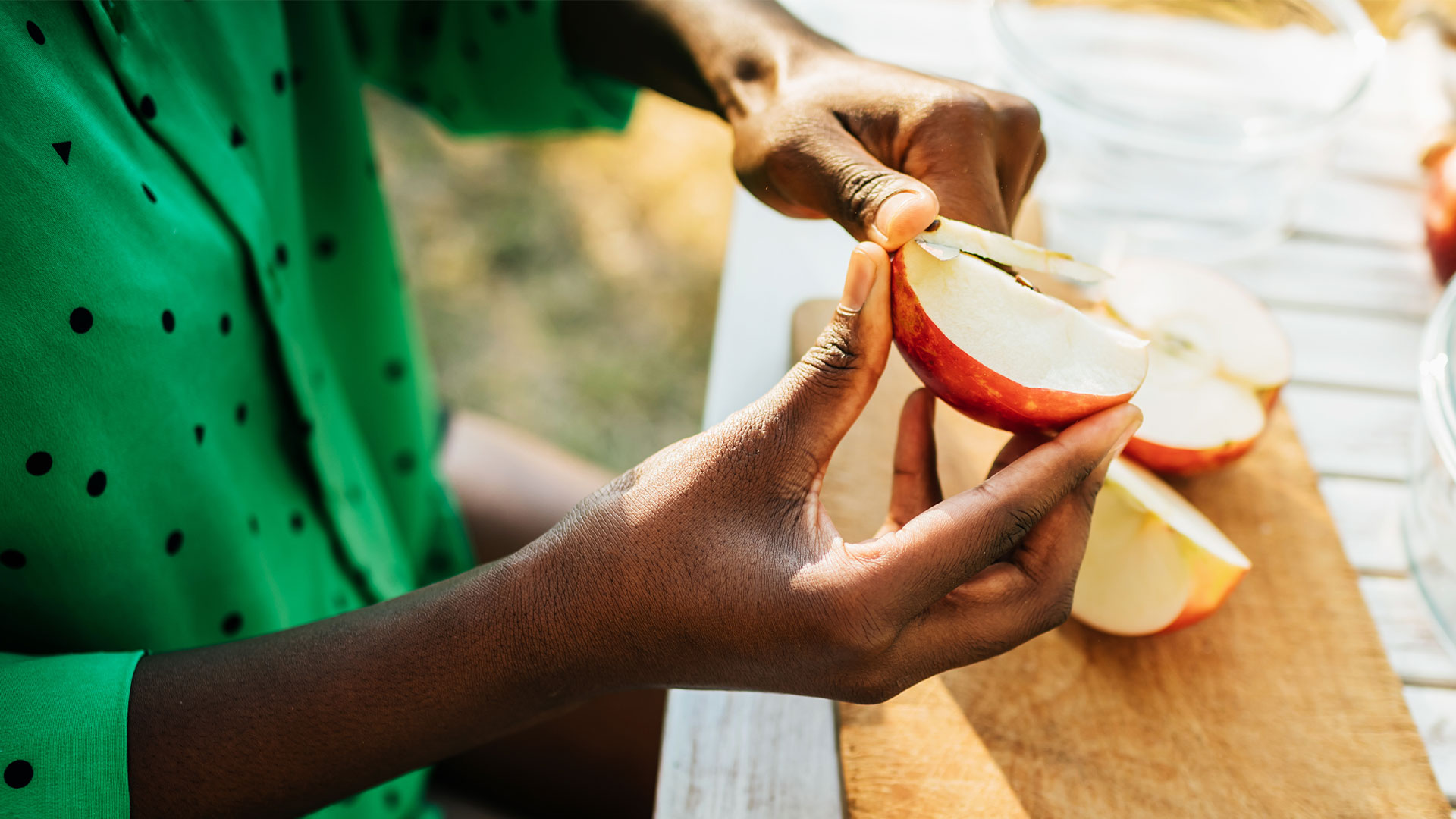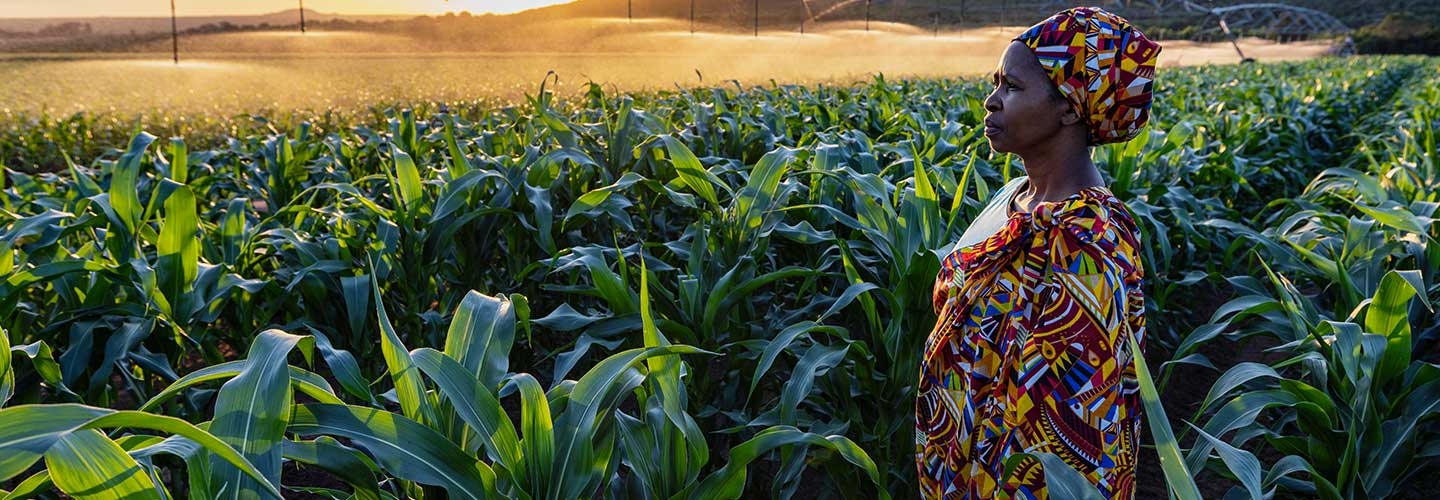For most of us living in cities, it can feel like food comes from the supermarket. After all, that’s where we do our hunting (for bargains) and gathering (of groceries). If, however, you’ve decided to be more conscious of your food, where it comes from, and the environmental impact of your eating choices, you’ll have discovered that it’s a lot more complex than that.
Farmers are the unsung heroes who allow us not to worry about how we’ll get our next meal. Whether it’s a chocolate bar, a box of chicken nuggets or the rolls at your braai, all your food items were originally produced on a farm of some sort. Between the farmer and your supermarket trolley, however, many processes can add to the final cost. Apart from the farmer’s production costs, the costs of processing, packaging, distribution and retail markup will all factor into the final price.
Taking note of farm-to-table food journeys
Your local supermarket will stock a variety of foods – some of them produced, processed and packaged on nearby farms, some sourced from manufacturers or distributors all over South Africa, and some imported from countries around the globe. Generally, the less processing, packaging and transportation it takes to put a product on the supermarket shelf, the more affordable it should be. There are exceptions to this rule, especially with basic processed staples. The globalised market for agricultural commodities means that some products (like cooking oil or maize meal, to name just 2 examples), may be cheaper when imported.
If you’re trying to make conscious food choices, a good rule of thumb is to buy as many food items from local producers as you can. Not only will you develop more environmentally friendly eating habits, but you’ll also be supporting local agribusiness – and you should be able to cut the cost of your grocery shopping.
Support restaurants that align with the farm-to-table philosophy and source ingredients from local farmers
While direct-from-farm produce is great, it’s not always available. Climate change is disrupting the supply of many plant-based foods, while bird flu, foot-and-mouth disease and other epidemics are causing mass livestock culling and further supply shortages in the meat industry.
The seasonal nature of fruit and vegetable produce also means that some foods aren’t locally available all year round. You can avoid having to spend more on imported, out-of-season fruit and veg by adjusting your eating habits and menus according to what’s in season and grown locally.
Urban agriculture: Growing food in small spaces
Growing some of your own food has a bunch of benefits. Apart from being more sustainable and better for your wallet, it gives you more control over what you put into your body. Even if you don’t have a garden with space for fruit trees and veggie beds, you can still grow something. If you have a balcony, patio or even a windowsill that gets some sunlight, you can use the space to plant herbs and vegetables on a small scale.
Some practical tips and tricks
Windowsills
- Choose herbs and vegetables that fit in small pots.
- Make sure they get enough sunlight. If not, consider using a grow light.
- Water them regularly, but don’t overwater.
Patios or balconies
- Use containers or pots to save space.
- Try vertical gardening to grow more in a small area.
- Pick plants that grow well in your climate and the available sunlight.
Gardens
- Plan your garden layout based on sunlight, shade and wind exposure.
- Start with easy-to-grow plants, then move on to more challenging ones.
- Think about companion planting to make the maximum use of the available space and help keep pests away.
- If you’re looking to save money through gardening, consider growing budget-friendly vegetables.
Some of the most economical choices for home cultivation
Herbs grow well in small containers. Some herbs (like thyme, rosemary, sage and mint, for example), don’t need to be replanted every year.
Lettuce, chillies, spring onions, garlic, tomatoes and strawberries are all easy to grow in small spaces. Sow a different variety of lettuce seeds every week, and you’ll soon have a steady supply of varied greens.
If you grow broccoli, you can harvest side shoots while the main plant keeps growing to maximise value.
Cucumber is a fast-growing plant that produces crops quickly.
Make conscious consumer choices
A farm-to-table approach to eating relies on fresh, locally sourced food in season, and it encourages sustainable agriculture and support for local farmers. Research local farmers’ markets and community-supported agriculture programmes in your area, so that you can make informed food-buying decisions and enjoy locally grown produce direct from the farm.
When you eat out, support restaurants that align with the farm-to-table philosophy and source ingredients from local farmers. Champion sustainability by planning your meals in advance, buying only what you need and storing food appropriately. With a few changes in your buying habits, you can save money, reduce your environmental footprint, support local businesses and eat better!








